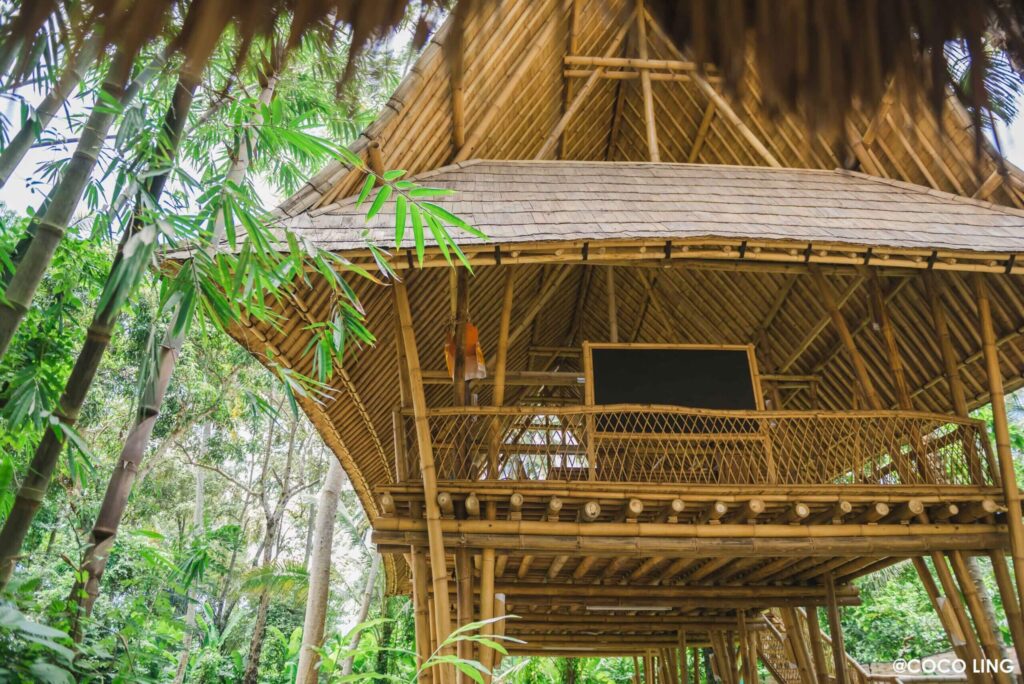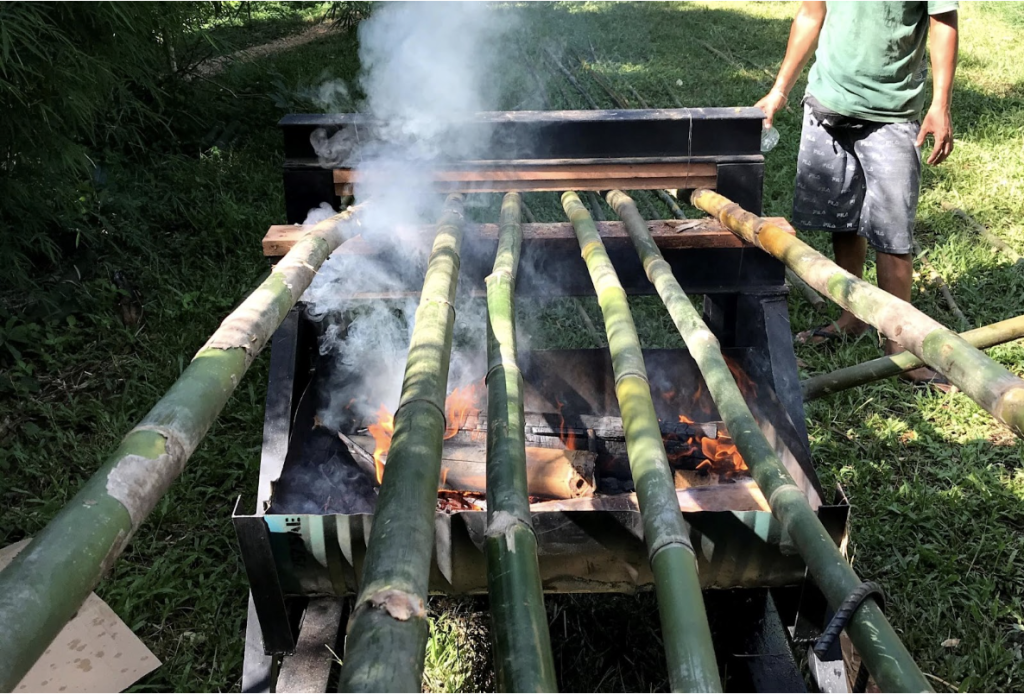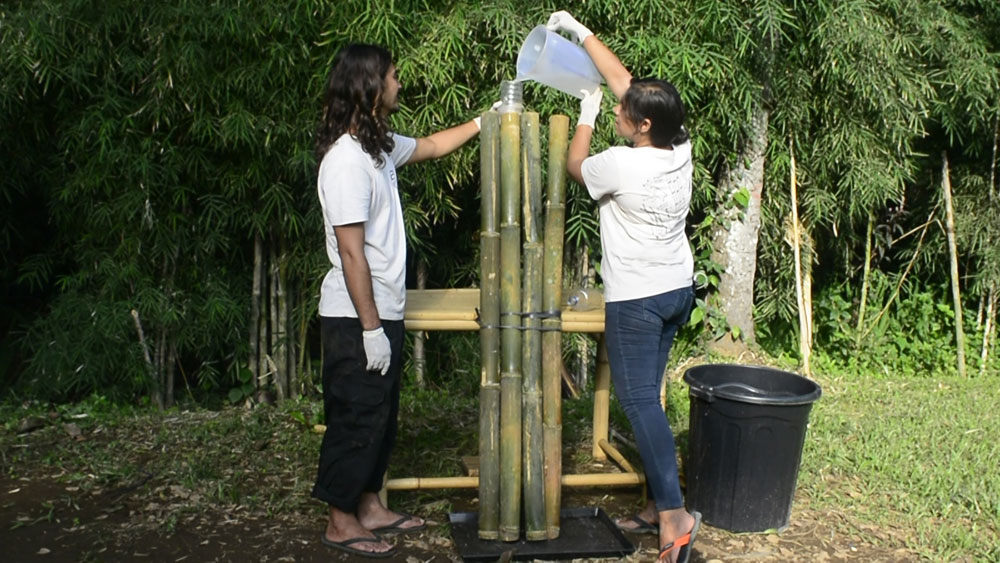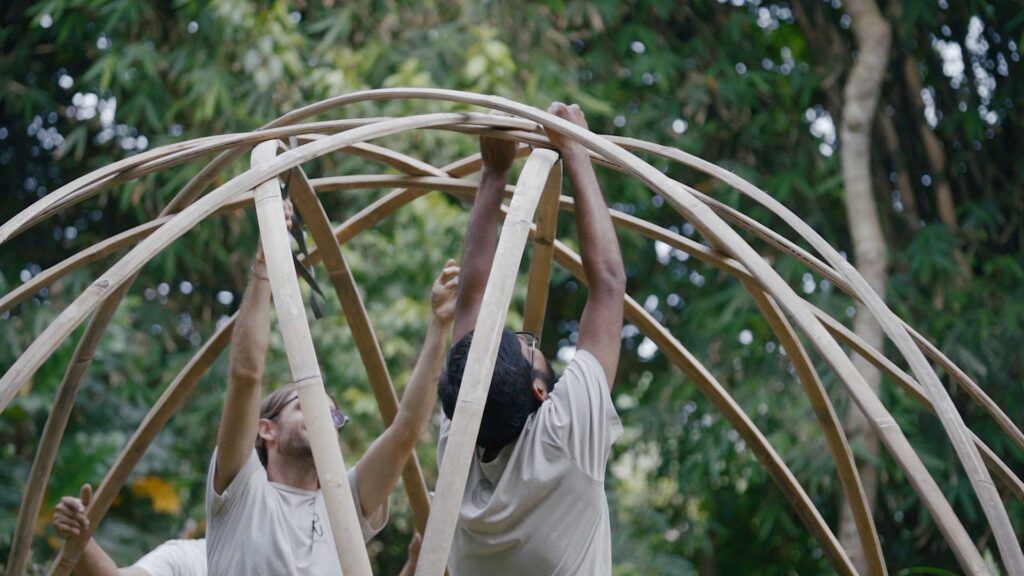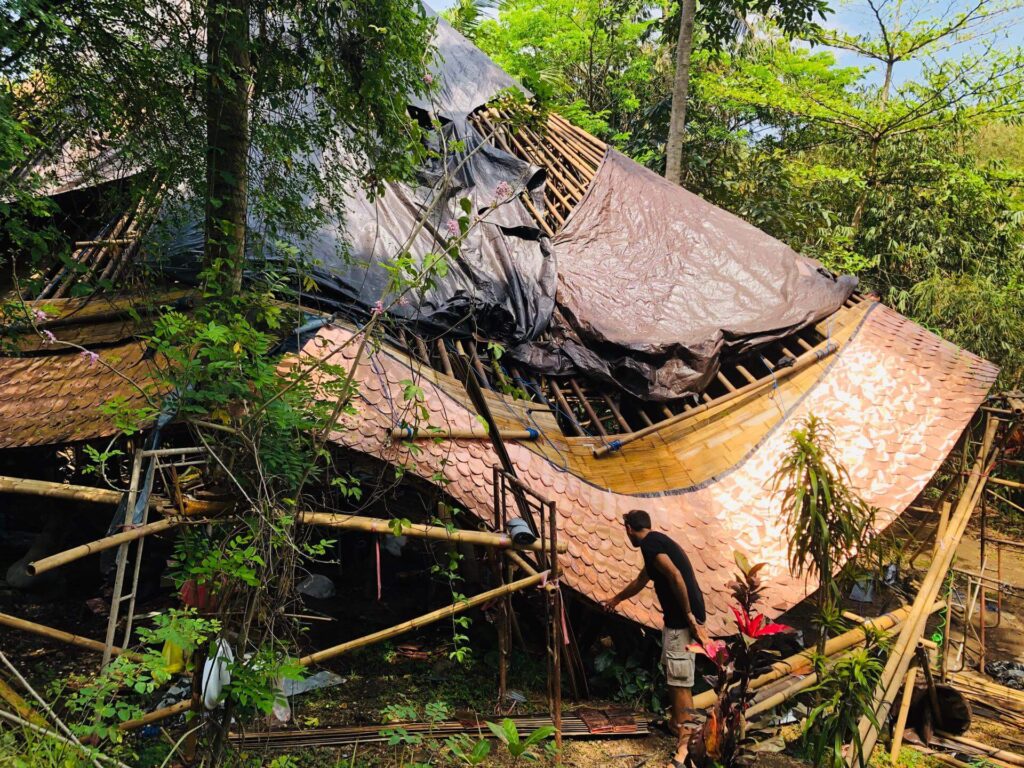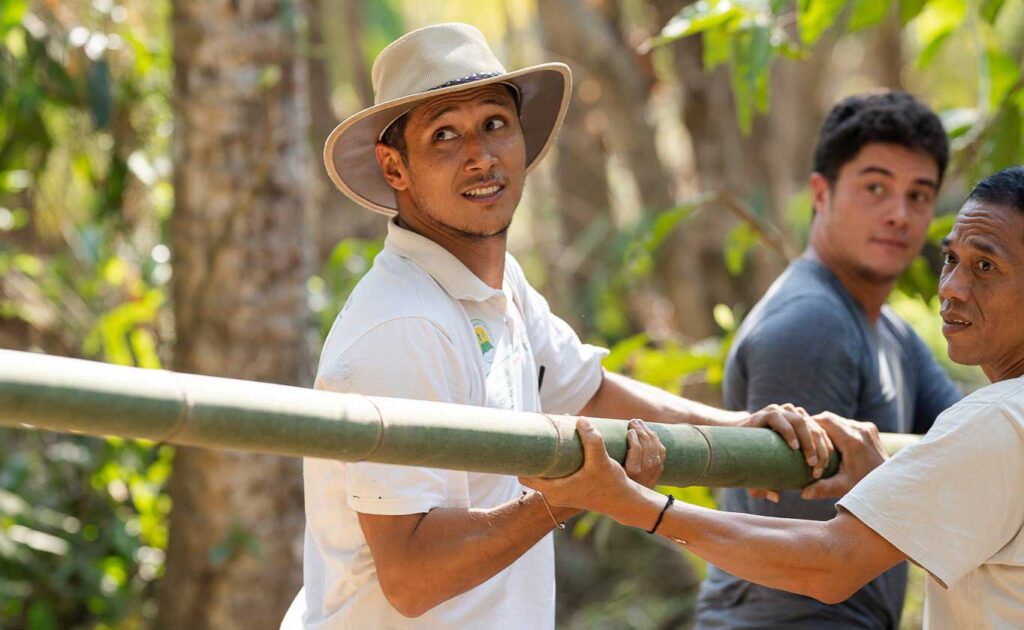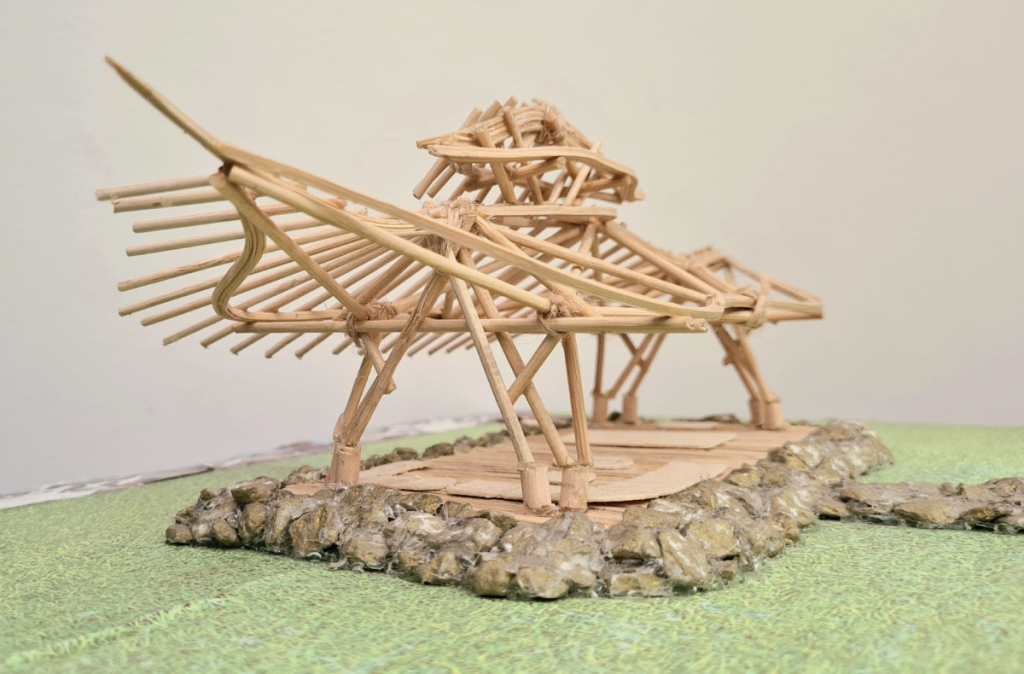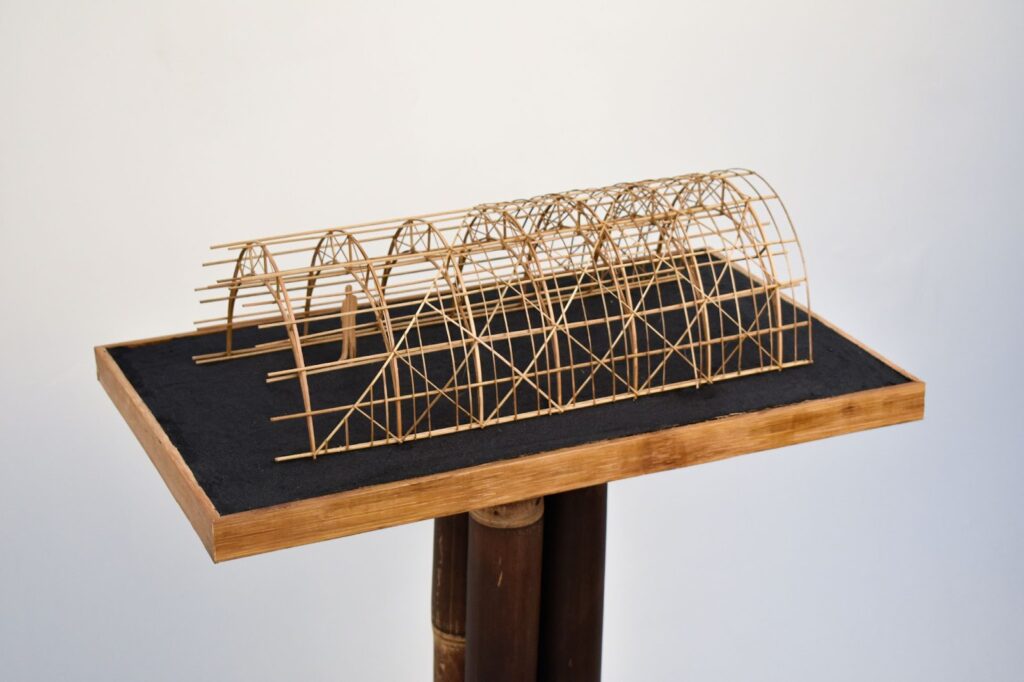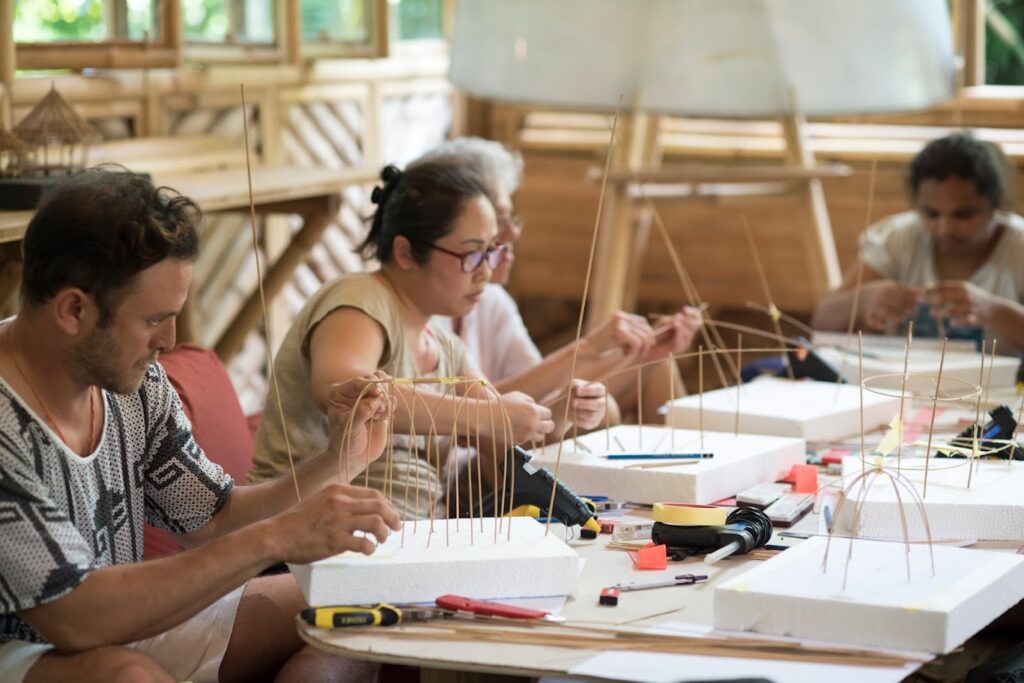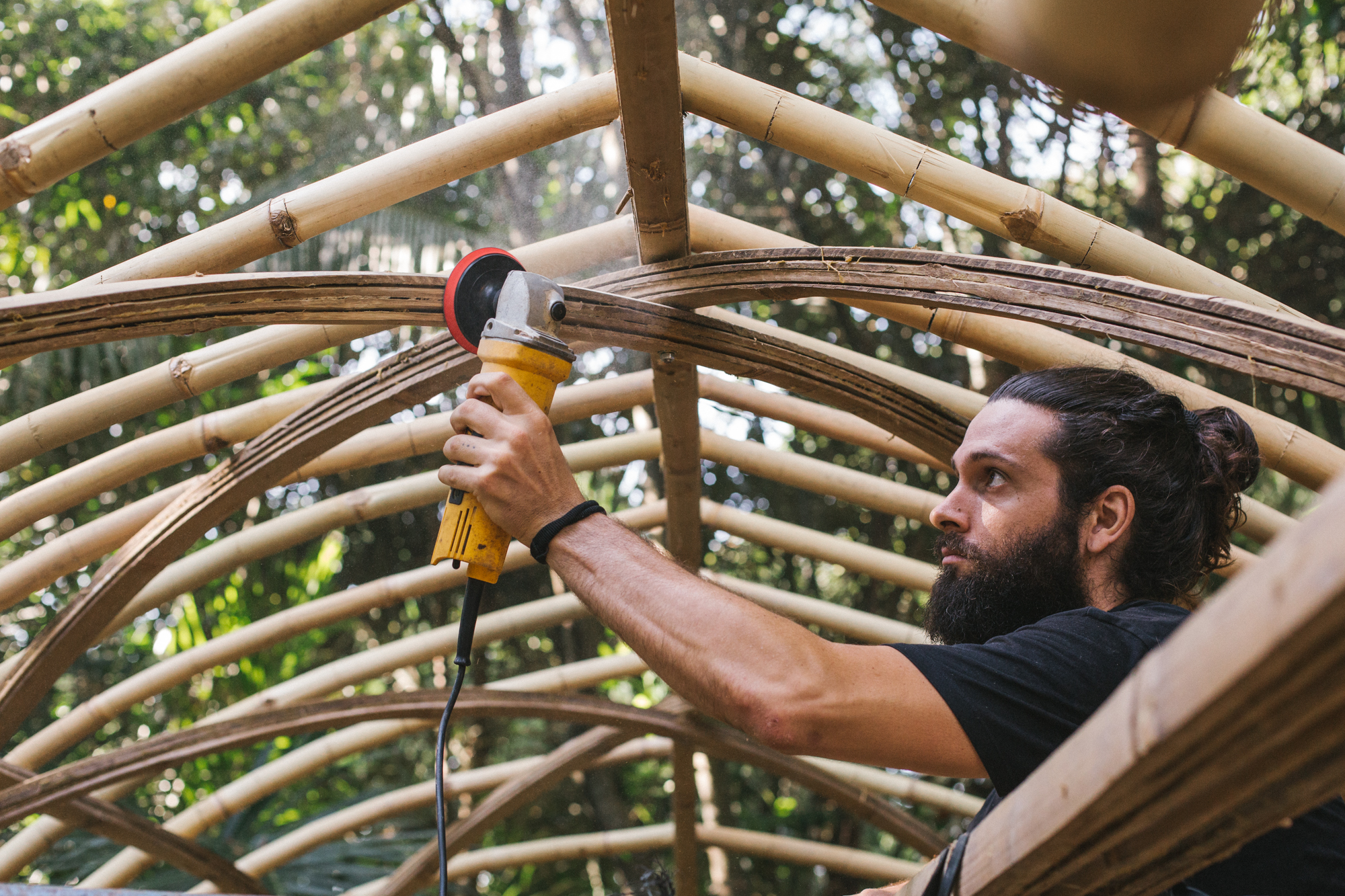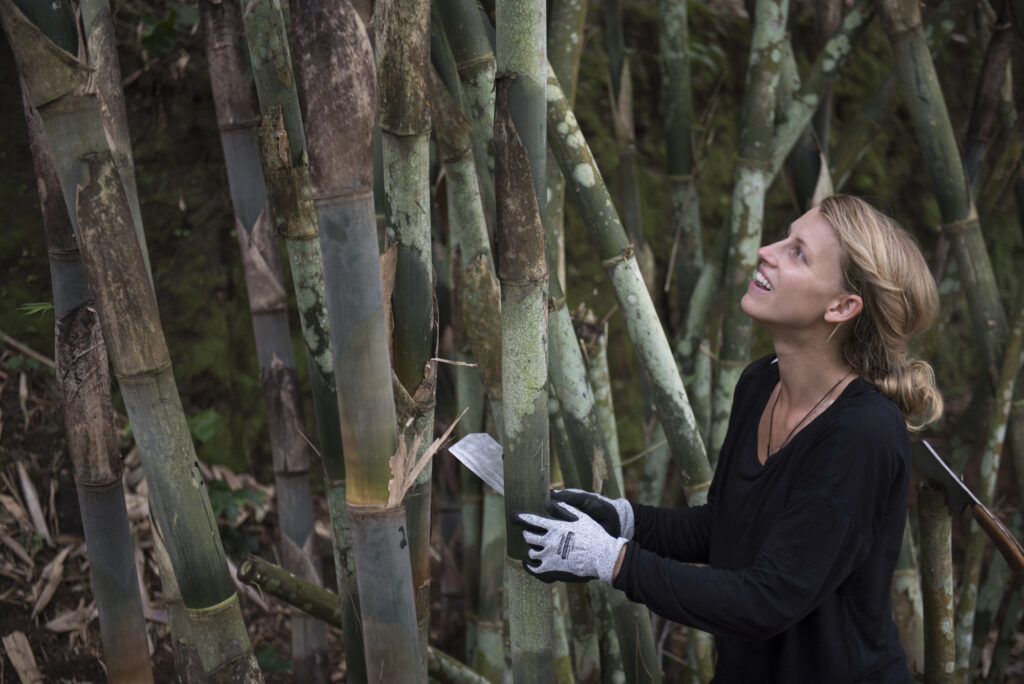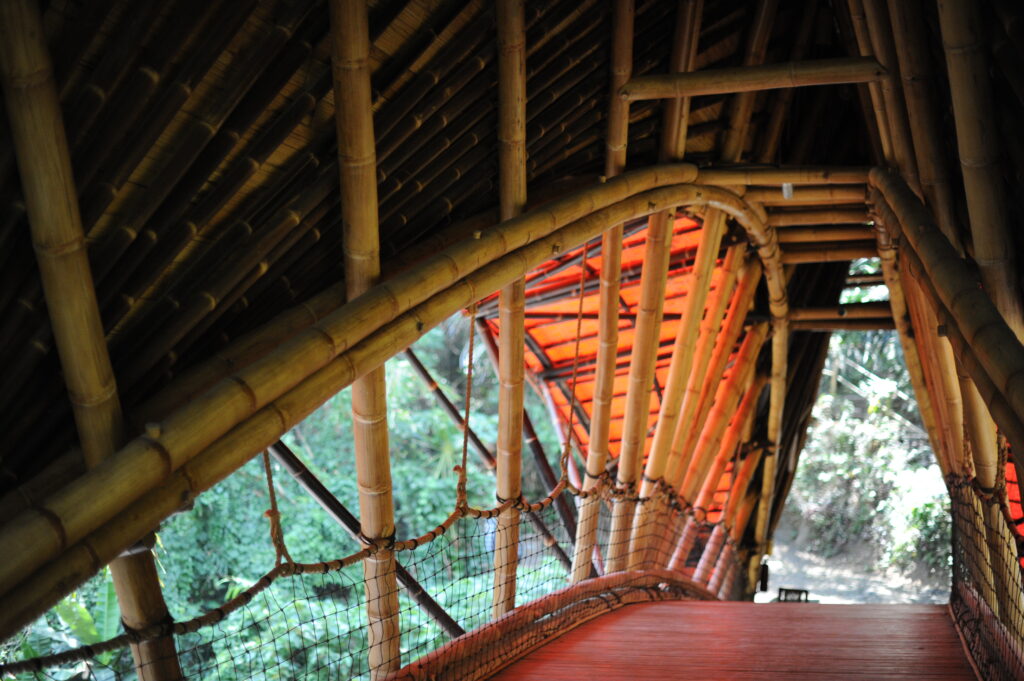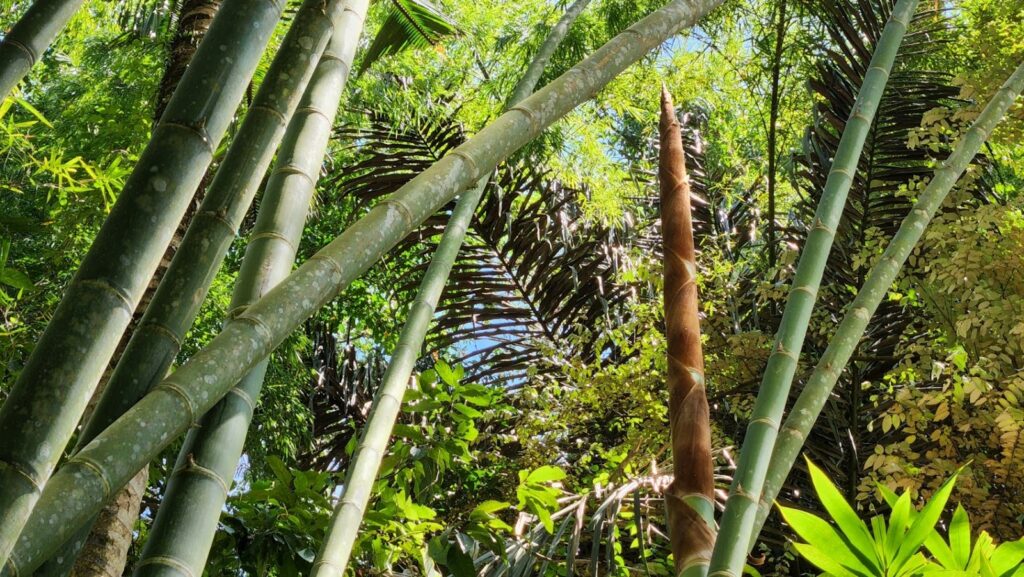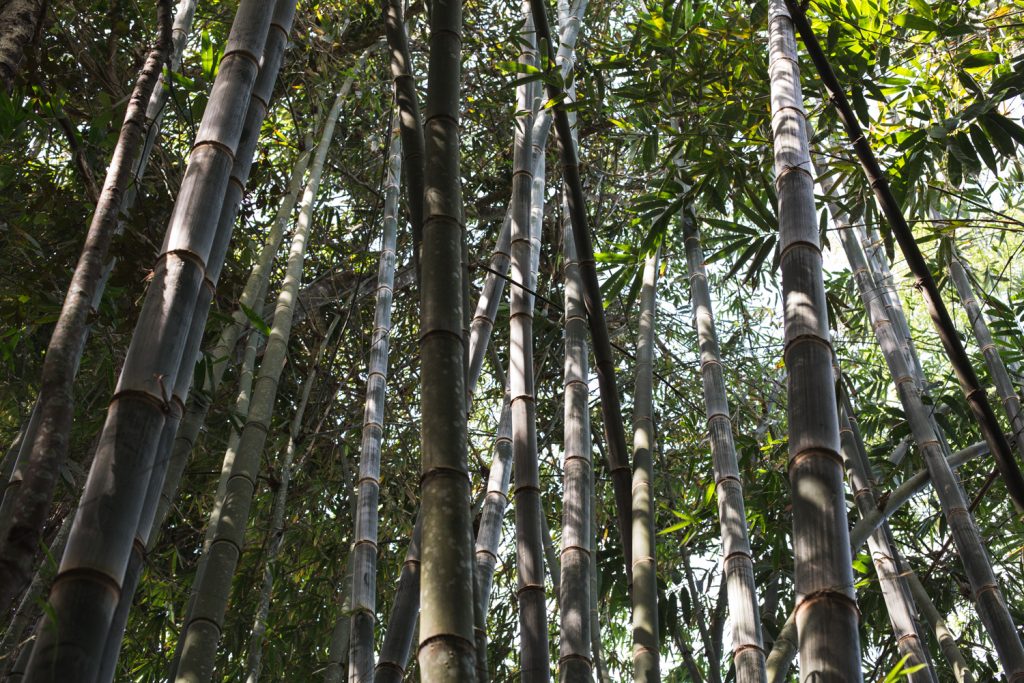5 Interesting Myths about Bamboo – Debunked
By | February 20, 2025 | Exploring Bamboo -
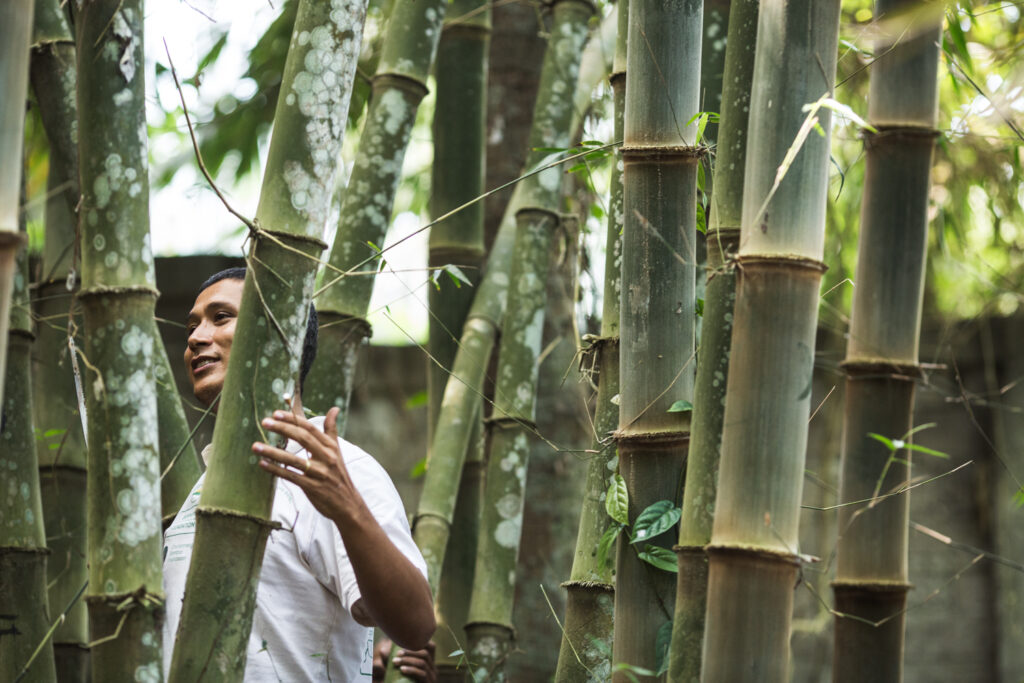
Although bamboo is gaining popularity as a sustainable resource, it is still not very widely understood. As such, misinformation has led to common myths about its growth, strength, and environmental impact.
In this article, we break down five of these common myths about bamboo and explore how bamboo can be a regenerative resource.
This misconception stems from the behavior of what is known as “running,” or “monopodial” bamboo species. Running bamboos, such as Moso and Madake from the Phyllostachys genus, have long, horizontal rhizomes. Rhizomes are the bamboo’s horizontal, underground stem systems that produce new shoots and roots. These grow far from the parent plant, leading to rapid and (sometimes) unwanted spread.
However, not all bamboo species grow in this way. “Clumping,” or “sympodial” bamboo, grows in compact clumps, expanding only gradually and therefore making it much easier to control. In Indonesia, clumping bamboo species, such as Dendrocalamus asper (known locally as Petung) and Gigantochloa apus (referred to as Tali), are commonly used for construction. Their dense, clumping growth makes them ideal for those concerned about potential invasiveness or spread.
Related: 5 of the Best Bamboo Species to Use in Construction
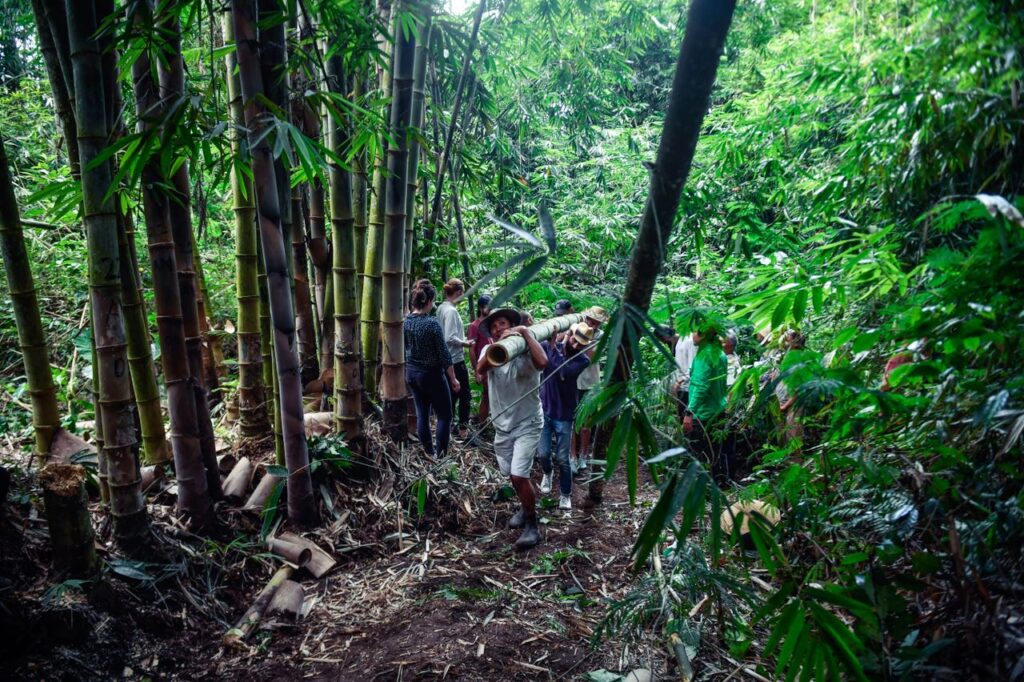
Bamboo’s flexibility is often mistaken for weakness, but its ability to bend without breaking is actually one of its strengths. Bamboo has high breaking/bending strength, meaning that compared to timber, bamboo generally has higher flexibility and therefore can bend further without breaking. This flexibility makes it an excellent material for construction, particularly in earthquake-prone areas. Its internal fibrous structure and parenchyma tissue allow bamboo structures to absorb and dissipate seismic energy, thereby reducing the risk of failure during an earthquake. This strength is also useful when bamboo is fabricated into laminated beams, as they are able to withstand high loads.
Related: What Makes Bamboo an Excellent Material for Construction?
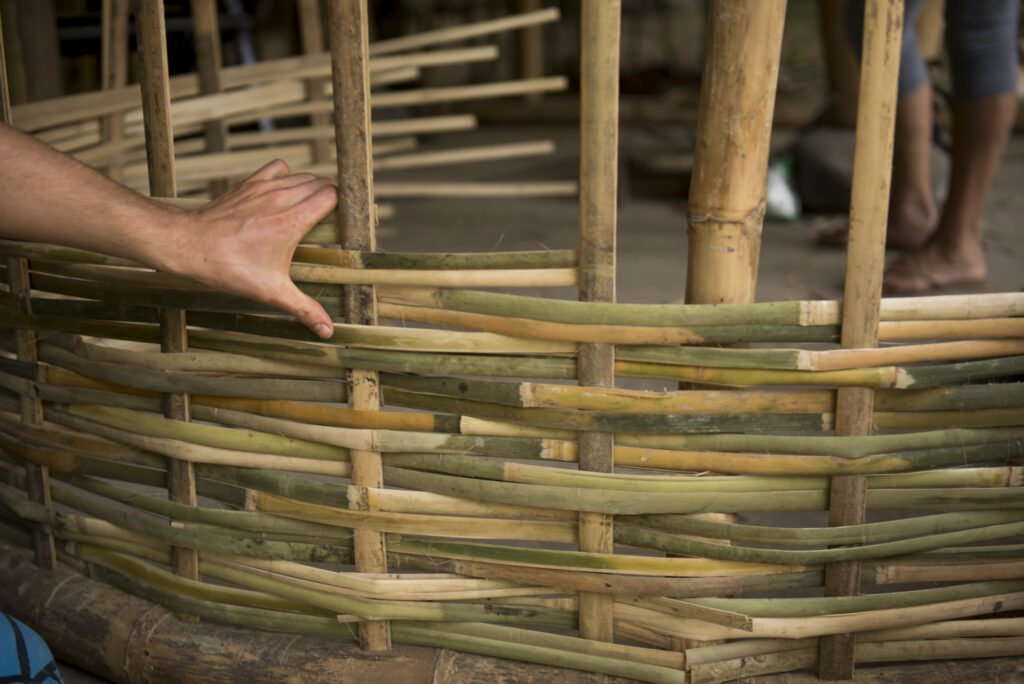
The fact that bamboo is fast-growing actually means that its dense, underground rhizome network is quickly able to stabilize soil as it grows, preventing erosion. Bamboo also improves the water retention of the soils it grows in by acting as a sponge and storing water in its root system. This helps reduce surface-water runoff and replenish underground aquifers.
Since bamboo’s rhizomic network is denser than the underground structure of most plants, rhizomes are able to break down the soil around them. This creates a porous layer of soil with good drainage. Additionally, bamboo leaves decompose slowly because of their high silica content, which means that nutrients are available for longer. In turn, this leads to conditions in which microorganisms can thrive. The microorganisms work to decompose the leaf litter, further improving the health of the soil. Collectively, these factors make bamboo an excellent choice for reforesting eroded areas while also rehabilitating degraded soils.
It is often thought that large expanses of bamboo contribute to tropical deforestation, much like the large-scale monoculture plantations of crops such as oil palms and soy. However, the reality is quite different.
Unlike commercial timber plantations that often replace forests, most of the growth of bamboo area comes from the natural expansion of existing bamboo forests. Countries such as India, China, and recently, countries in Mediterranean Europe, have successfully used bamboo to restore degraded land. The fact that bamboo is able to thrive in poor soils makes it an excellent tool for land rehabilitation rather than a cause of tropical deforestation. However, as bamboo becomes a more widely-used resource, there is a risk that tropical forests could be cut to plant bamboo, and this needs to be prevented.
Related: The Ultimate Guide to Sustainable Bamboo Harvesting: Tips and Best Practices
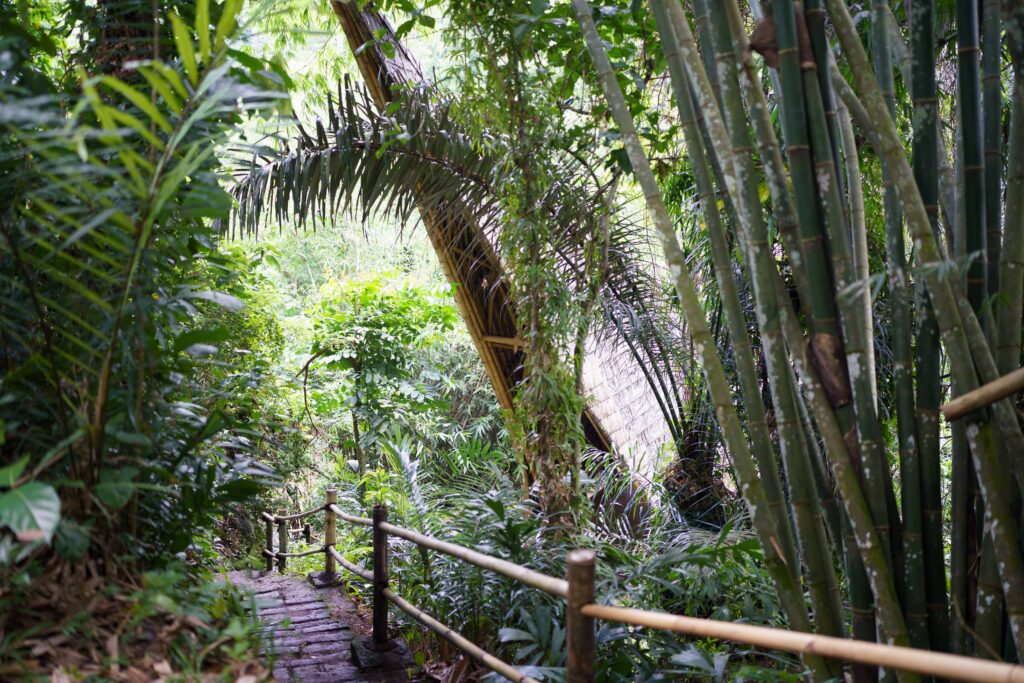
While some bamboo plantations are monocultures, bamboo forests do not have to be single-species environments. In fact, they can be very diverse in flora and fauna. A recent study from Portugal found over 50 plant species in a bamboo plantation that was only 5 years old!
Bamboo has a shallow root system. This prevents erosion and retains water. So, when bamboo is combined with deep-rooted species such as trees, overall soil structure is improved and nutrients are able to be accessed from different levels in the soil by the different plants. Bamboo agroforestry systems intentionally integrate bamboo with other trees and crops, thus promoting biodiversity and ecological resilience.
Bamboo is an incredibly versatile and sustainable construction material, yet misconceptions are still common. As we’ve explored, clumping bamboo is easy to manage, and far from being weak, its flexibility makes it useful as a building material, especially in earthquake-prone areas. Rather than depleting it, bamboo’s fast growth improves soils by helping with land restoration and water retention. And despite concerns about deforestation, bamboo cultivation can restore degraded landscapes. Lastly, bamboo forests do not need to be monoculture plantations.
With careful understanding and management, bamboo can be utilized to build a future where material resources are not just renewable, but actively beneficial to the environment.
Sources
Lugt, P. van der (2024) Booming bamboo: The (Re)discovery of a Sustainable Material with Endless Possibilities. Naarden, Netherlands: MaterialDistrict B.V.
Rabik, A. and Brown, B. (2003) Towards Resilient Bamboo Forestry. Ubud, Bali, Indonesia: Environmental Bamboo Foundation.
Interested in learning more about bamboo? Join one of our courses HERE!
Also, be sure to check out this YouTube live video that dives into these myths too!


